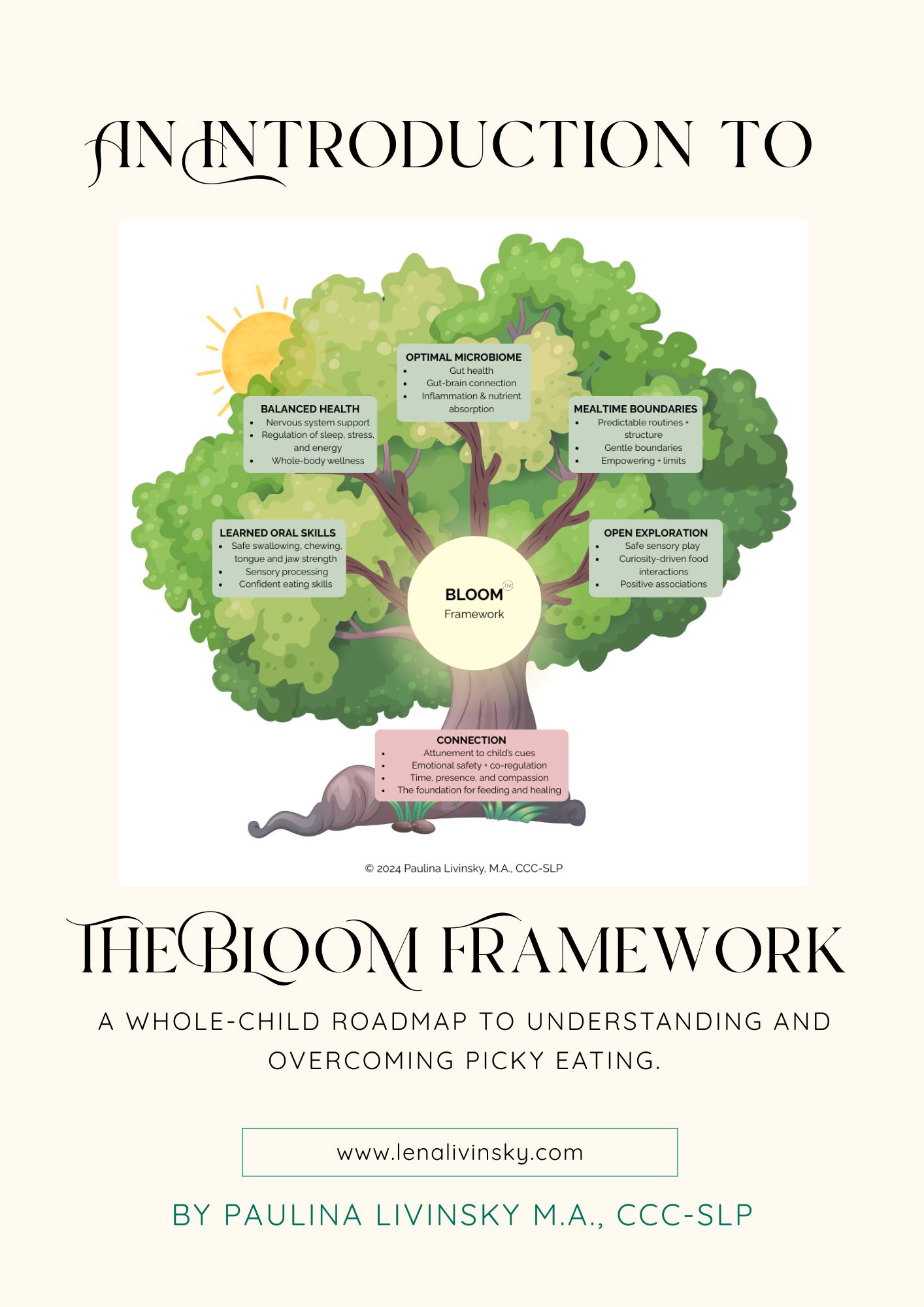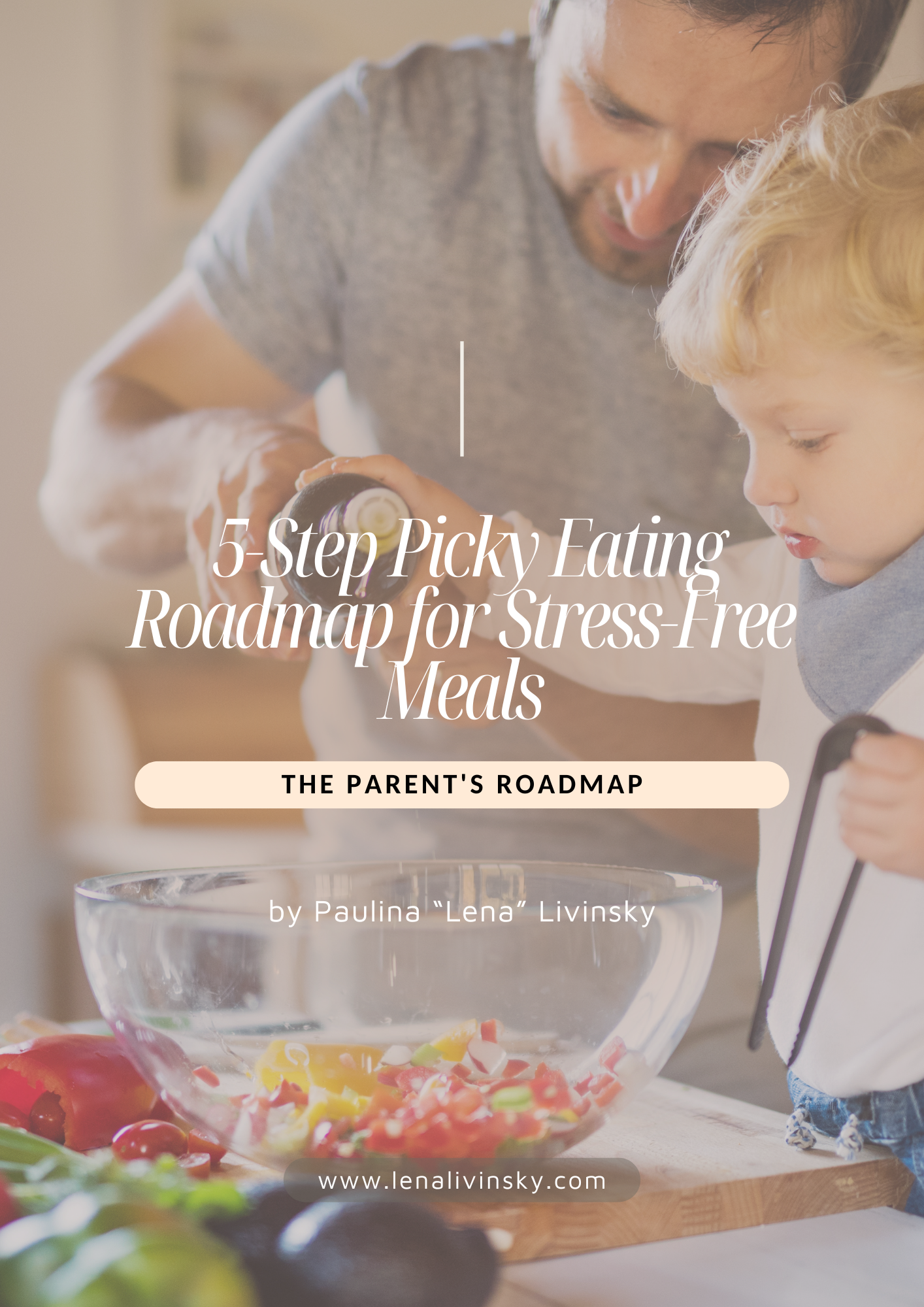
With Dani Hamilton, FNTP | The Livin’Sky Podcast, Episode 9
When it comes to picky eating, energy crashes, and big feelings — we often look to food first.
What are they eating? Are they getting enough protein? Too much sugar?
But what if the real problem wasn’t just in the pantry… but in the lack of sunlight, disrupted circadian rhythms, and mismatched biological timing?
In this week’s episode of The Livin’Sky Podcast, I sat down with Dani Hamilton, functional nutritionist and blood sugar expert, to explore a very different lens on metabolic and emotional health. One that starts — quite literally — with the light in your child’s eyes.
And it’s a conversation every parent needs to hear.
How Light Impacts Blood Sugar, Cravings, and Picky Eating
One of the most eye-opening moments in our conversation was when Dani explained how our blood sugar regulation is light-driven, not just food-driven.
Your mitochondria (those little energy factories inside every cell) respond to light. Your insulin sensitivity fluctuates based on time of day. And even your child’s desire to snack constantly could be linked to dysregulated glucose from irregular rhythms — not “bad behavior.”
This is especially important for children who:
Or have extreme food preferences (only eating beige foods, for example)
Crave sweets constantly
Are always “hangry” between meals
Struggle with sleep
Have trouble focusing or regulating big emotions
What You Can Do Today — Without Changing What’s on the Plate
Here’s the good news: You don’t have to overhaul your pantry or cook a dozen new meals to help your child’s body come into balance.
In fact, here are a few lower-hanging fruit ideas we discuss in the episode:
- Get outside within 30–60 minutes of waking up (no sunglasses — just 10+ minutes of natural light!)
- Keep breakfast consistent, ideally with protein and fat to help regulate blood sugar early in the day
- Avoid bright artificial light after sunset (think lamps, not overheads)
- Try to eat dinner at the same time each night
- Protect sleep and circadian rhythm like it’s medicine — because it is
These simple shifts can make your child feel better in their body — which in turn, makes trying new foods and regulating emotions much more possible.
One Final Note for the Overwhelmed Mom
You’re not failing because your child still won’t eat broccoli or can’t fall asleep before 10 PM. You’re just working against a modern world that’s wired in the opposite direction of biology.
But nature hasn’t changed. And neither has your child’s potential to thrive.
This conversation reminded me why The Livin’Sky philosophy matters so much — because sometimes the root cause is hiding in plain sight. And often, the most healing things are also the most simple.
🌞 Start with the sun.
🧠 Support the nervous system.
🍽️ Let food come in when the body feels safe and regulated.
You’ll be amazed at what begins to shift.
Resources
Connect with Lena
💌 Newsletter: Get weekly support and guidance
🌐 Website: lenalivinsky.com
📧 Questions? Reach out – I’m here to help
Remember, sweet mama: Trust your journey, trust your baby, trust yourself. You’ve got this! 💚
FREE WORKSHOP FOR PARENTS OF PICKY EATERS:

BLOOM Framework at a glance:

Here are some other FREE guides which may interest you!




